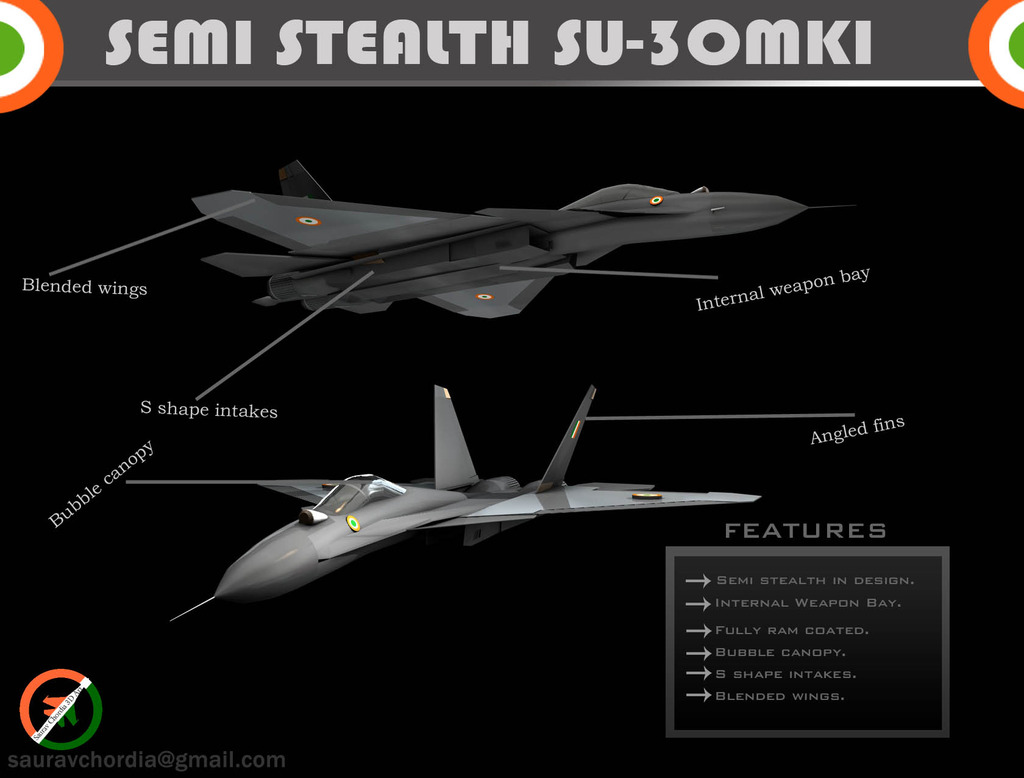Local_Legend
FULL MEMBER

- Joined
- Jun 6, 2016
- Messages
- 304
- Reaction score
- 6
- Country
- Location
A fly in the ointment
The announcements from Russian manufacturers sound optimistic, but economic realities, shortcomings in organization and management and difficulties with training and recruiting personnel could hinder the implementation of their ideas. Russia still has difficulties mass-producing airborne active electronically scanned array (AESA) radar systems like those the U.S. already has not only on its fifth-generation F-22 and F-35 fighter aircraft, but also on its upgraded fourth-generation F-16 and F-15 fighters. The only Russian AESA radar system, Zhuk-A, created for the MiG-35, was first presented back in 2009, but as at the end of 2015 was still at the testing stage.
According to KRET, the Russian government has allocated 680 million rubles (about $8.4 million) to the entire ROFAR program. By comparison, the U.S. Department of Defense allocated $110 million dollars to photonics back in 2014, and plans to raise at least as much from private investors.
It is not just Russia and the U.S. who are involved in this technology race. For example, scientists from Italy presented a working model of a photonics-based radar system back in March 2013. And Jean-Loïc Galle, the executive vice president at France's Thales Group, has announced that it is stepping up its work in this area.
With such global competition, the announcements from Russia's KRET that working technology is to be created in the very near future sound almost like a challenge and represent a further test of the capabilities of Russia's defense industry.
( Sorry , Can't post link coz Im new.)
The announcements from Russian manufacturers sound optimistic, but economic realities, shortcomings in organization and management and difficulties with training and recruiting personnel could hinder the implementation of their ideas. Russia still has difficulties mass-producing airborne active electronically scanned array (AESA) radar systems like those the U.S. already has not only on its fifth-generation F-22 and F-35 fighter aircraft, but also on its upgraded fourth-generation F-16 and F-15 fighters. The only Russian AESA radar system, Zhuk-A, created for the MiG-35, was first presented back in 2009, but as at the end of 2015 was still at the testing stage.
According to KRET, the Russian government has allocated 680 million rubles (about $8.4 million) to the entire ROFAR program. By comparison, the U.S. Department of Defense allocated $110 million dollars to photonics back in 2014, and plans to raise at least as much from private investors.
It is not just Russia and the U.S. who are involved in this technology race. For example, scientists from Italy presented a working model of a photonics-based radar system back in March 2013. And Jean-Loïc Galle, the executive vice president at France's Thales Group, has announced that it is stepping up its work in this area.
With such global competition, the announcements from Russia's KRET that working technology is to be created in the very near future sound almost like a challenge and represent a further test of the capabilities of Russia's defense industry.
( Sorry , Can't post link coz Im new.)














